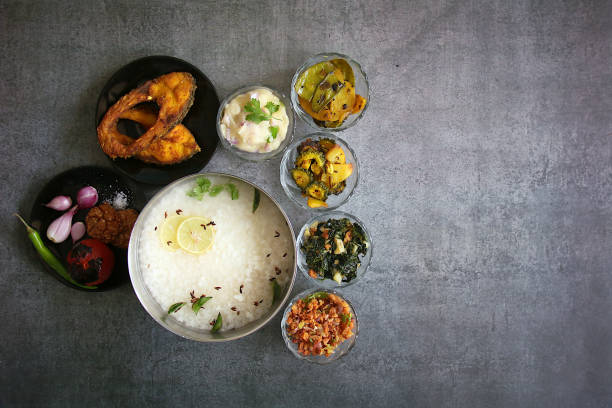The COVID-19 pandemic has cast a glaring spotlight on the resilience and vulnerabilities of global supply chains, none more critical than those in the food sector. In a country as vast and diverse as India, with a population exceeding 1.3 billion, ensuring a steady supply of food to every corner of the nation has been a monumental challenge. This article delves into the intricacies of India’s food supply chain during the pandemic, exploring the disruptions faced, innovative solutions adopted, and the lessons learned.
Challenges Faced: India’s food supply chain encountered a myriad of challenges during the pandemic, stemming from logistical bottlenecks, labor shortages, and disruptions in transportation. With the sudden imposition of nationwide lockdowns in March 2020, the movement of goods across state borders came to a grinding halt, leading to severe disruptions in the supply chain. The closure of restaurants, hotels, and catering services further exacerbated the problem as demand patterns shifted dramatically, putting immense strain on existing distribution networks.
Another significant challenge was the labor exodus triggered by the lockdown. Millions of migrant workers, employed in various facets of the food supply chain, found themselves stranded far away from their homes and livelihoods. This mass exodus not only disrupted production and harvesting activities but also created a shortage of workforce for transportation and distribution.
Additionally, the pandemic-induced fear and uncertainty prompted panic buying and hoarding among consumers, leading to artificial shortages and price inflation. This, coupled with the closure of wholesale markets and mandis, disrupted the price discovery mechanism, adversely affecting both farmers and consumers.
Innovative Solutions: Despite the formidable challenges, India’s food supply chain demonstrated remarkable resilience and adaptability in the face of adversity. One of the key strategies employed was leveraging technology to streamline operations and bridge the gap between producers and consumers. Several agricultural startups and online platforms emerged as saviors, connecting farmers directly with consumers through digital marketplaces. This not only ensured a steady income for farmers but also provided consumers with access to fresh produce at competitive prices, circumventing traditional supply chain intermediaries.
Furthermore, the government introduced several initiatives to mitigate the impact of the pandemic on the agricultural sector. The ‘One Nation One Ration Card’ scheme, aimed at facilitating the seamless distribution of food grains to migrant workers across states, proved instrumental in addressing food security concerns. Additionally, the Pradhan Mantri Garib Kalyan Anna Yojana provided free food grains to vulnerable households, ensuring that no one went hungry during these trying times.
Moreover, innovative transportation solutions were devised to overcome logistical challenges. From utilizing drones for aerial surveillance of crop health to deploying refrigerated vans for transporting perishable goods, the industry embraced technological innovations to ensure the uninterrupted flow of essential commodities across the country.
Lessons Learned: The pandemic served as a wake-up call, highlighting the need for greater resilience and diversification within India’s food supply chain. It underscored the importance of building redundancy and alternative channels to mitigate the impact of future disruptions. Strengthening last-mile connectivity and investing in cold storage infrastructure emerged as critical priorities to prevent food wastage and ensure food security.
Furthermore, the crisis emphasized the significance of empowering farmers and promoting sustainable agricultural practices. By incentivizing the adoption of technology, promoting farmer-producer organizations (FPOs), and facilitating access to credit and insurance, policymakers can foster a more resilient and inclusive agricultural ecosystem.
Moreover, the pandemic underscored the interconnectedness of global supply chains and the imperative for international cooperation. Collaborative efforts at the regional and global levels are essential to address supply chain vulnerabilities, enhance information sharing, and build collective resilience against future shocks.
India’s food supply chain navigated through turbulent waters during the COVID-19 pandemic, facing unprecedented challenges with resilience and ingenuity. While disruptions were inevitable, the crisis also catalyzed innovation and spurred transformative changes within the industry. As the nation charts its path to recovery, it is imperative to build upon the lessons learned and forge a more resilient, inclusive, and sustainable food supply chain for the future. By harnessing technology, fostering collaboration, and empowering stakeholders across the value chain, India can ensure food security for its burgeoning population while safeguarding the livelihoods of millions of farmers and workers.

